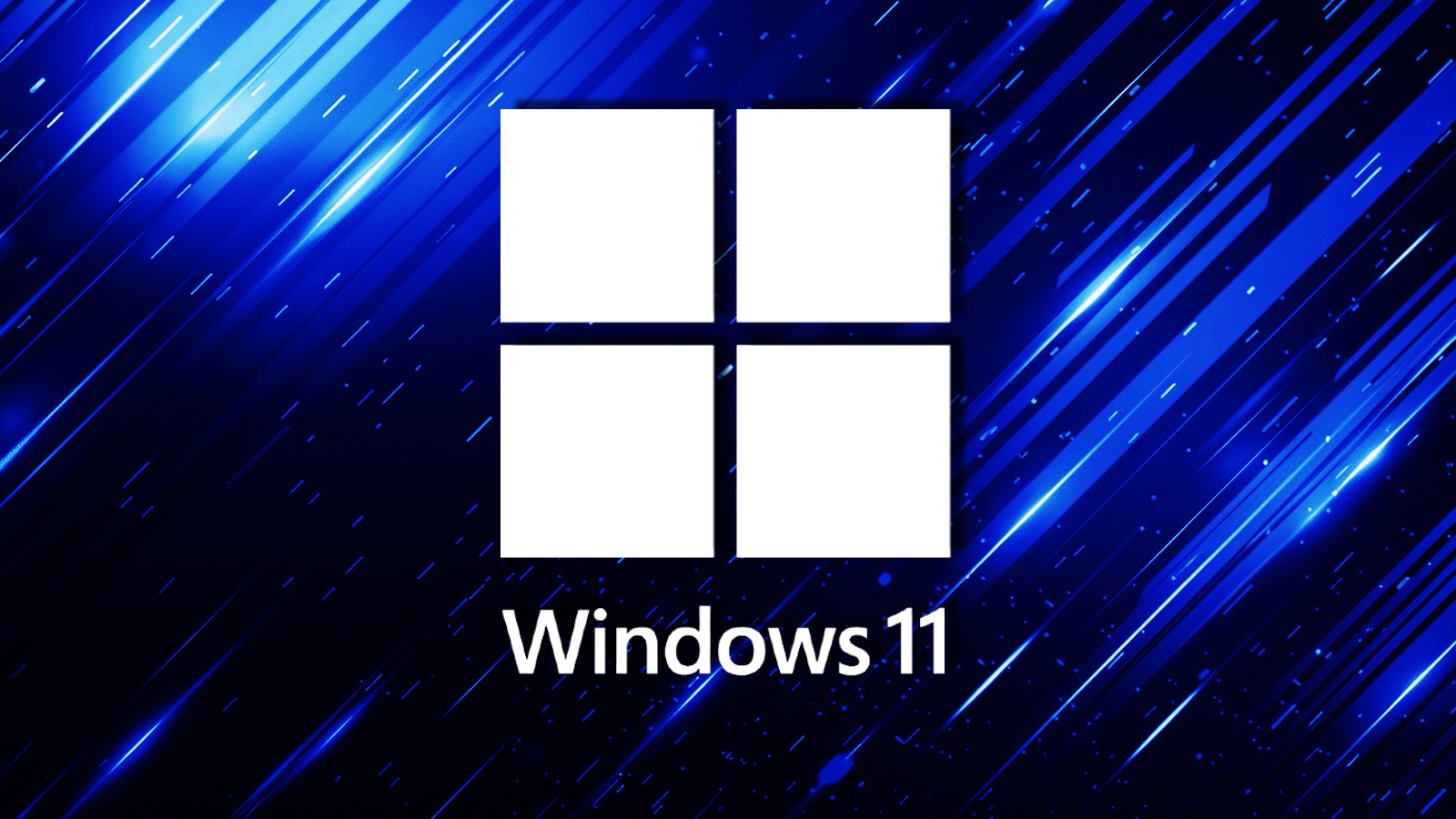If you are tired of waiting for your computer to boot up, you are not alone. Many users experience frustratingly slow startup times with Windows 11. Fortunately, there are effective ways to address this issue. In this article, we will explore how to Fix Windows 11 slow startup using Windows Gizmo’s Fast Settings. By following these steps, you can significantly reduce your boot time and enhance your overall computing experience. Whether you are a casual user or a professional, knowing how to fix Windows 11 slow startup can save you valuable time and improve your productivity. Let’s dive into the methods that can help you fix Windows 11 slow startup and get your system running smoothly again.
Understanding the Causes of Slow Startup
Before we delve into the solutions, it’s essential to understand what causes slow startup in Windows 11. Several factors can contribute to this issue, including:
- Too Many Startup Programs: When too many applications are set to launch at startup, they can significantly slow down the boot process. Each program consumes system resources, leading to longer wait times.
- Outdated Drivers: Drivers that are not updated can cause compatibility issues, resulting in slow performance during startup. Keeping your drivers up to date is crucial for optimal system performance.
- Hard Drive Issues: If your hard drive is fragmented or has errors, it can lead to slow read and write speeds, affecting startup times. Regular maintenance of your hard drive can help mitigate these issues.
- System Settings: Certain system settings can also impact startup speed. Adjusting these settings can help you fix Windows 11 slow startup effectively.
- Malware and Viruses: Infections can slow down your system significantly. Running a thorough scan can help identify and remove any malicious software that may be affecting your startup speed.
Using Windows Gizmo’s Fast Settings
Now that we understand the potential causes of slow startup, let’s explore how to fix Windows 11 slow startup using Windows Gizmo’s Fast Settings. This tool provides a user-friendly interface to optimize your system settings for faster boot times.
Step 1: Access Windows Gizmo
To get started, download and install Windows Gizmo from the official website. Once installed, launch the application. You will be greeted with a dashboard that displays various optimization options.
Step 2: Manage Startup Programs
One of the first things you should do to fix Windows 11 slow startup is to manage your startup programs. In Windows Gizmo, navigate to the “Startup” section. Here, you will see a list of applications that are set to launch at startup.
Disable any unnecessary programs by toggling them off. This action will prevent them from consuming resources during boot-up, allowing your system to start faster.
Step 3: Update Drivers
Next, check for outdated drivers. In the Windows Gizmo interface, look for the “Drivers” section. Click on it to see if any drivers require updates. Keeping your drivers current is essential for maintaining system performance and can help fix Windows 11 slow startup.
Step 4: Optimize Hard Drive
Another critical step in fixing Windows 11 slow startup is optimizing your hard drive. In Windows Gizmo, navigate to the “Disk Optimization” section. Here, you can run a disk cleanup and defragment your hard drive. This process will improve read and write speeds, contributing to a faster startup.
Step 5: Adjust System Settings
Windows Gizmo also allows you to adjust various system settings that can impact startup speed. Explore the “System Settings” section and look for options related to performance. Adjusting these settings can help you fix Windows 11 slow startup effectively.
Step 6: Run a Malware Scan
Finally, ensure that your system is free from malware. In Windows Gizmo, you may find a built-in malware scanner. Run a full system scan to detect and remove any threats that could be slowing down your startup process.
Additional Tips to Fix Windows 11 Slow Startup
While Windows Gizmo’s Fast Settings provide a comprehensive solution, there are additional steps you can take to fix Windows 11 slow startup:
- Disable Fast Startup: Sometimes, the Fast Startup feature can cause issues. You can disable it by going to Control Panel > Power Options > Choose what the power buttons do.
- Check for Windows Updates: Ensure that your Windows 11 is up to date. Microsoft frequently releases updates that can improve system performance.
- Perform a Clean Boot: A clean boot can help you identify if background services are causing slow startup. You can perform a clean boot by disabling all non-Microsoft services and startup items.
- Upgrade Hardware: If your system is still slow after trying all the software solutions, consider upgrading your hardware. Adding more RAM or switching to an SSD can significantly improve startup times.
- Regular Maintenance: Regularly maintaining your system by cleaning up unnecessary files and optimizing settings can help prevent slow startup issues in the future.
Conclusion
In conclusion, if you are tired of waiting for your Windows 11 to start up, you can take several steps to fix Windows 11 slow startup. By using Windows Gizmo’s Fast Settings, you can manage startup programs, update drivers, optimize your hard drive, and adjust system settings. Additionally, running a malware scan and following the extra tips provided can further enhance your startup speed. With these strategies, you can enjoy a faster, more efficient computing experience. Don’t let slow startup times hinder your productivity; take action today to fix Windows 11 slow startup and get back to what matters most.
